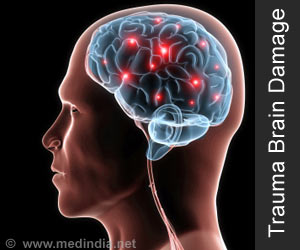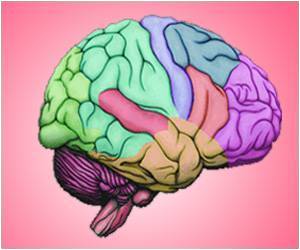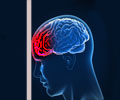Potential approach for preventing the development of neurological problems associated with traumatic brain injury (TBI) has been discovered by University of Iowa researchers.

‘Protecting axons that connect the brain cells may prevent development of neurological problems associated with traumatic brain injury (TBI).’





Traumatic brain injury (TBI) can have various harmful long-term neurological effects, including problems with vision, coordination, memory, mood, and thinking. According to the Centers for Disease Control and Prevention, TBI from a head injury is a leading cause of death and disability in the United States, and close to 5 million Americans--soldiers and non-soldiers alike--are currently living with a TBI-related disability. Current therapy for these patients involves supportive care and rehabilitation, but no treatments are available that can prevent the development of chronic neurological symptoms.Their research in mice suggests that protecting axons--the fiber-like projections that connect brain cells--prevents the long-term neuropsychiatric problems caused by blast-related traumatic brain injury.
In a recent study, the UI team, led by Andrew Pieper, MD, PhD, professor of psychiatry at the UI Carver College of Medicine, investigated whether early damage to axons--an event that is strongly associated with many forms of brain injury, including blast-related TBI--is simply a consequence of the injury or whether it is a driving cause of the subsequent neurological and psychiatric symptoms.
To answer that question, the researchers used mice with a genetic mutation that protects axons from some forms of damage. The mutation works by maintaining normal levels of an important energy metabolite known as nicotinamide adenine dinucleotide (NAD) in brain cells after injury.
When mice with the mutation experienced blast-mediated TBI, their axons were protected from damage, and they did not develop the vision problems or the thinking and movement difficulties that were seen when mice without the mutation experienced blast-related TBI. The findings were published Oct. 11 in the online journal eNeuro.
Advertisement
"Therefore, future therapeutic strategies targeted specifically at protecting or augmenting the health of axons may provide a uniquely beneficial approach for preventing these patients from developing neurologic symptoms after blast exposure."
Advertisement
Source-Eurekalert















